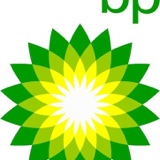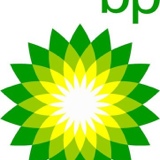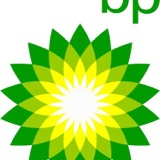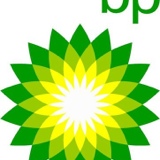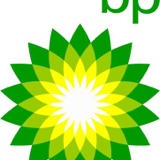Information
-
Document No.
-
Audit Title
-
Client / Site
-
Conducted on
-
Prepared by
-
Location
-
Personnel
Section 1: Pre-Custody Transfer
-
1.1 Was the inspector familiar with the sampling system arrangement?
-
1.2 Did the inspector ensure that all sampling equipment was in fit condition?
-
1.3 Did the inspector check that the sample system was in compliance with ISO 8943?
-
1.4 Did the inspector coordinate/confirm analyser calibration?
-
1.5 Was calibration gas certified and certificate noted?
-
1.6 Was the calibration gas used for calibration within date?
Section 2: Vessel Measurement
-
2.1 Did the inspector manually check the vessels draught readings?
-
2.2 Did the inspector check the clinometer or otherwise check list manually?
-
2.3 Did the inspector request that the vessel be made upright and even keel for measurement purposes?
-
2.4 Did the inspector record the meter readings for engine room or other consumption of BOG?
-
2.5 Were OCTM taken with vapour arms connected and prior to liquid arm cool down?
-
2.6 Were CCTM taken immediately after line draining?
-
2.7 Did the inspector note the type of level measurement devices?
-
2.8 Did the inspector note the number and positions of the temperature measurement devices in each tank?
-
2.9 Did the inspector view calibration certificates for all measurement devices?
-
2.10 Did the inspector confirm the secondary measurement system by taking measurements on deck?
-
2.11 Did the inspector check volumes from calibration tables?
-
2.12 Did the inspector verify the Chief Engineers in port gas consumption calculations?
-
2.13 Did the inspector use a note book to record all raw data?
Section 3: Sampling and Analysis
-
3.1 Did the inspector take spot samples?
-
3.2 Did the inspector note the pressure of the sampling system during sampling?
-
3.3 were the sample cylinders adequately purged prior to sampling?
-
3.4 were all samples drawn adequately labelled?
-
3.5 Did the inspector periodically check the vapouriser for icing?
-
3.6 Did the inspector periodically check the analyser results for stability?
-
3.7 Was the sampling system checked for leaks?
-
3.8 Did the inspector check that any gas holder used, held a sufficient amount to purge compressors, lines and fill sample cylinders?
-
3.9 Did the sampling system and analysis method comply with the SPA?
-
3.10 Did the inspector observe and report any inconsistencies in the sampling and analysis system?
-
3.11 Does the inspector understand the principles of LNG sampling and analysis?
Section 4: Communication and Planning
-
4.1 Did the inspector attend the ship / shore safety and operation meeting?
-
4.2 Did the inspector discuss: a) cargo stowage on board, b) current or previous voyage transit losses c) delivery rates
-
4.3 were signed and stamped copies of documents exchanged?
-
4.4 Did the inspector discuss BP requirements with ship and shore staff?
Section 5: HSSE
-
5.1 Was the inspector able to carry required equipment without compromising safety?
-
5.2 Were samples transported to the laboratory or storage in a safe manner?
-
5.3 Did the inspector show HSE awareness?
-
5.4 Did the inspector comply with contractor entry regulations for the terminal?
-
5.5 Did the inspector observe and report potentially hazardous operations?
-
5.6 Was the PPE as worn by the inspector, appropriate to task?
-
5.7 Did the inspector comply with requirements for use of electrical equipment, such as mobile phones and computers?
Section 6: Calculations
-
6.1 Did the inspector manually calculate the quantity to verify custody transfer calculations?
-
6.2 Does the computer program as used by the inspector show traceability to the required SPA?
-
6.3 Were the calculations completed in a timely manner?
-
6.4 Were quantities as calculated, checked with other voyage data to ensure consistency?
-
6.5 Did the inspector also calculate to ISO 6578?
-
6.6 Did the inspector compare the primary and secondary systems?
Section 7: Facilities and Operation
-
7.1 Are there general safety rules applied within the inspection area?
-
7.2 Are inspection staff given both task and facility specific HSSE training?
-
7.3 Does the inspection office have any traceability for field equipment proving and maintenance?
-
7.4 Did the inspector arrive in good time to avoid delays in either ship or shore operation?
-
7.5 Has the inspection operation been accredited against an internationally recognised standard?
-
7.6 Have all inspectors had IFIA training?
-
7.7 Prior to the start of the job, is the inspector given a copy of all relevant client instructions?
-
7.8 Does the office complete input into GCAS?
-
7.9 Is the inspection report completed and despatched in a timely manner?
-
7.10 Is there a formalised route for communicating product quality and quantity issues?
-
7.11 Is communication between inspection office and client (direct or indirect) effective and reliable?
Section 8: Any Other Comments and Information
-
BP Cargo Assurance
